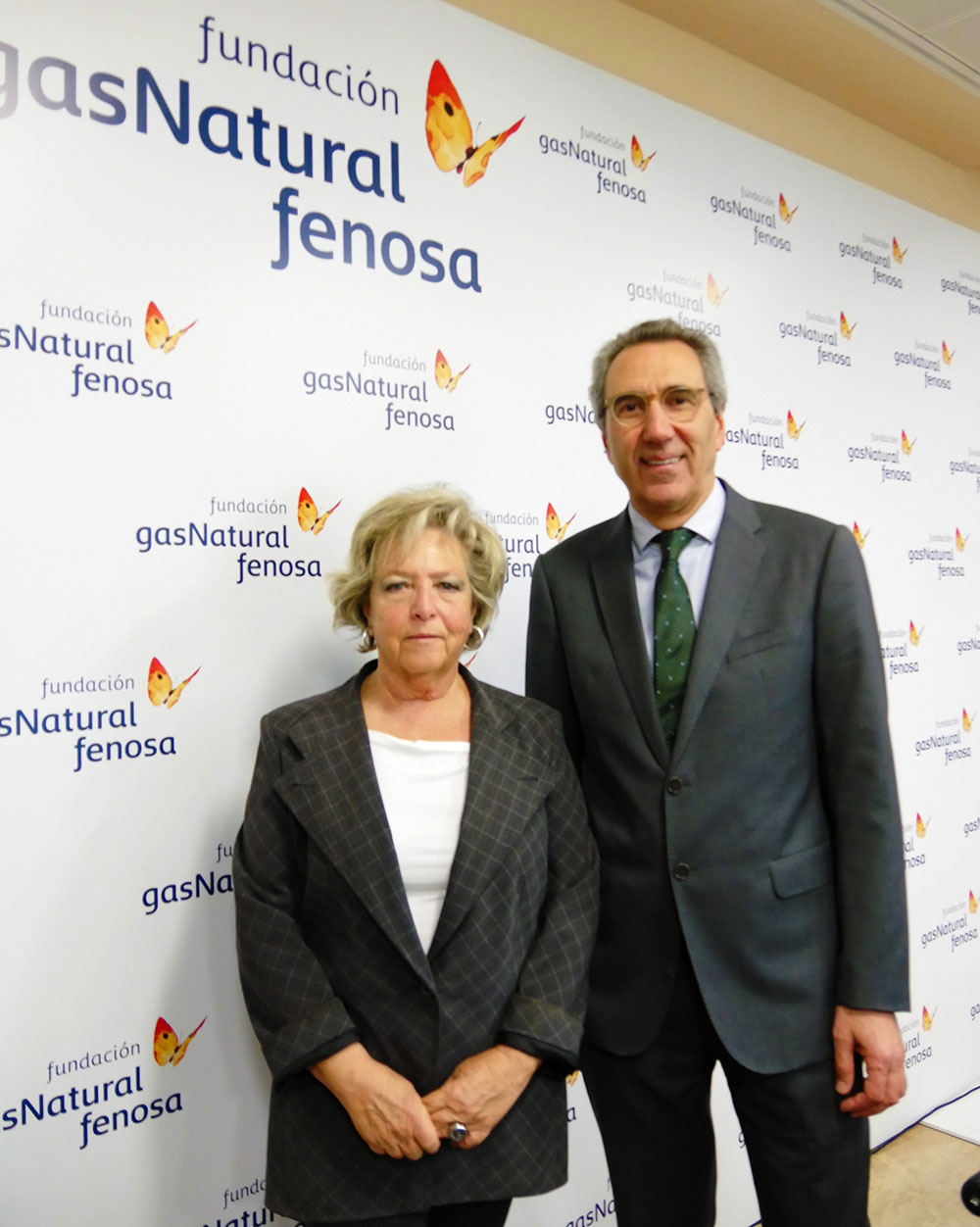The Gas Natural Fenosa Foundation promotes quick and low-cost renovations to improve living conditions in vulnerable homes
The Gas Natural Fenosa Foundation proposes 77 low-cost solutions to renovate vulnerable homes with the aim of improving their living conditions.

The Gas Natural Fenosa Foundation promotes express and low-cost solutions to renovate vulnerable homes, following the guidelines detailed in the study “Re-habilitación exprés para hogares vulnerables. Soluciones de bajo coste”, sponsored by the energy group's social entity, and directed by the architect Margarita de Luxán, professor emeritus at the Universidad Politécnica de Madrid, with a team of specialised architects: C. Sánchez-Guevara, E. Román, M. Barrera and G. Gómez.
The study brings together the main conclusions of an analysis made in four Spanish cities (Madrid, Barcelona, Seville and La Coruña), where a set of solutions could be implemented at a low cost (each one adapted to the conditions of each city), with the aim of increasing energy efficiency in the homes of vulnerable households. This would reduce energy consumption and improve thermal comfort conditions.
“This initiative, included within the GAS NATURAL FENOSA group’s Energy Vulnerability Plan, is a part of the social initiatives promoted by the Gas Natural Fenosa Foundation to improve the quality of life of people in situations of energy vulnerability,” explains the general manager of the Gas Natural Fenosa Foundation, Martí Solà.
“With the results in the study, the next step will be to promote partnership agreements with public authorities and home owners to enable the participation of all parts in the implementation of these measures.” In this regard, “at the Gas Natural Fenosa Foundation, we believe that partnerships between companies, authorities and community sector entities is key find solutions to the vulnerability problem in the medium and long term,” adds Martí Solà.
“Re-habilitación exprés para hogares vulnerables. Soluciones de bajo coste” proposes 77 constructive solutions which are divided into five main categories: facings, ceilings, floors, woodwork and sun protections, specifying installation costs weight, efficiency and the places where they are marketed, among other characteristics, in the case of each category. These solutions can range from the installation of awnings to laying carpets, replacing windows or the thermal insulation on walls, among many more examples. The aim is to implement passive measures, which are easy to install and can be done from the inside of the homes, and which do not require requesting licences for works or permissions from the home owners’ association.
According to the director of the study, Margarita de Luxán, and her team, “there is a glimpse of possibility to bring some people out of energy vulnerability or poverty, improving their living conditions by implementing specific measures. The solutions are simple to implement and the results can be seen immediately after they are installed.” De Luxán states that “over half of the buildings in Spain date back to before the implementation of CTE-79 from 1980, which means they are in poor conditions in terms of energy efficiency. Faced with the difficulty of the immediate and complete renovation of all the buildings, we see these quick home renovations as an appropriate solution for fighting against energy vulnerability in the short- and medium-term.”
Implementing these measures –something which is already taking place in other European countries–, helps families in risk of exclusion to considerably improve their living conditions, enabling them to eradicate the lower (below 10ºC) and higher (above 30ºC) temperatures; all of this without having to increase energy consumption. These agile investments are quick to apply, have a low cost and are not incompatible with all-round renovations of the buildings at a later date, which would be the most effective and efficient way of improving the living conditions of these homes, but would also be a much more costly investment.
The study of vulnerable homes in Madrid
In Madrid, around 23% of the population is in a situation of energy or monetary poverty. This figure could be reduced by implementing several renovation measures at a low cost in homes.
Regarding the current housing stock, Madrid has 1.38 million homes, of which 8% are classed as either “poor” or “deficient”; a rate similar to that of Seville (9%). In Barcelona, this represents 14% and in La Coruña, 26%.
According to the conclusions of the research sponsored by the Gas Natural Fenosa Foundation, a quick renovation in a home in Madrid would increase the amount of days of well-being in one year by 22% without consuming more energy, simply through improved or more efficient insulation elements.
In addition, the study states that after a quick renovation like this, temperatures do not dip below 10ºC inside the home, and the percentage of time during which the home is at a temperature above 18.5ºC increases. During summer, the time during which the temperature is above 29ºC is reduced considerably, especially in top-floor homes.
Another aspect worth mentioning is that the increase in the duration of thermal comfort inside the home comes with economic savings of an estimated 300-650 euros each year, depending on the measures implemented.
Share